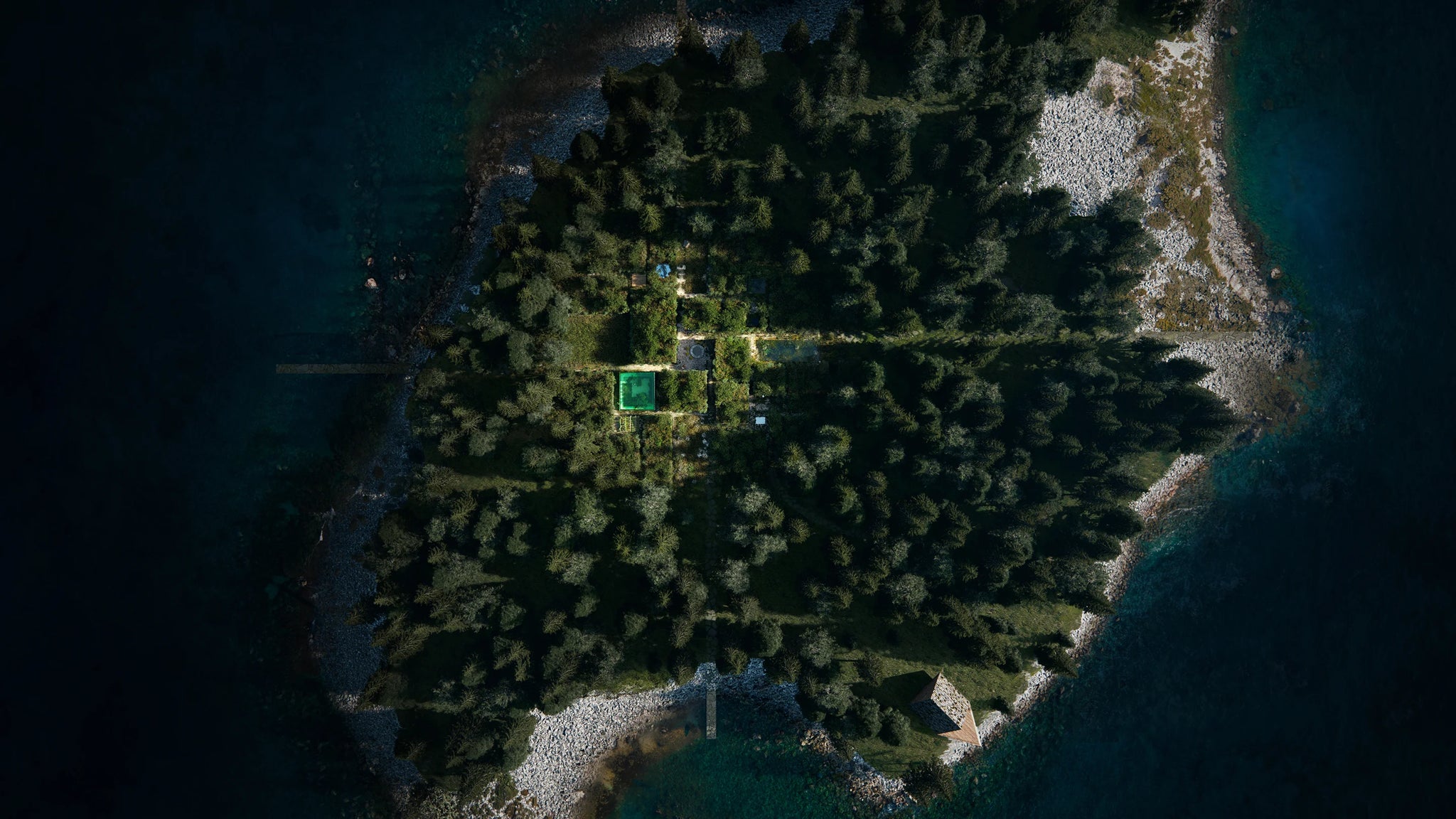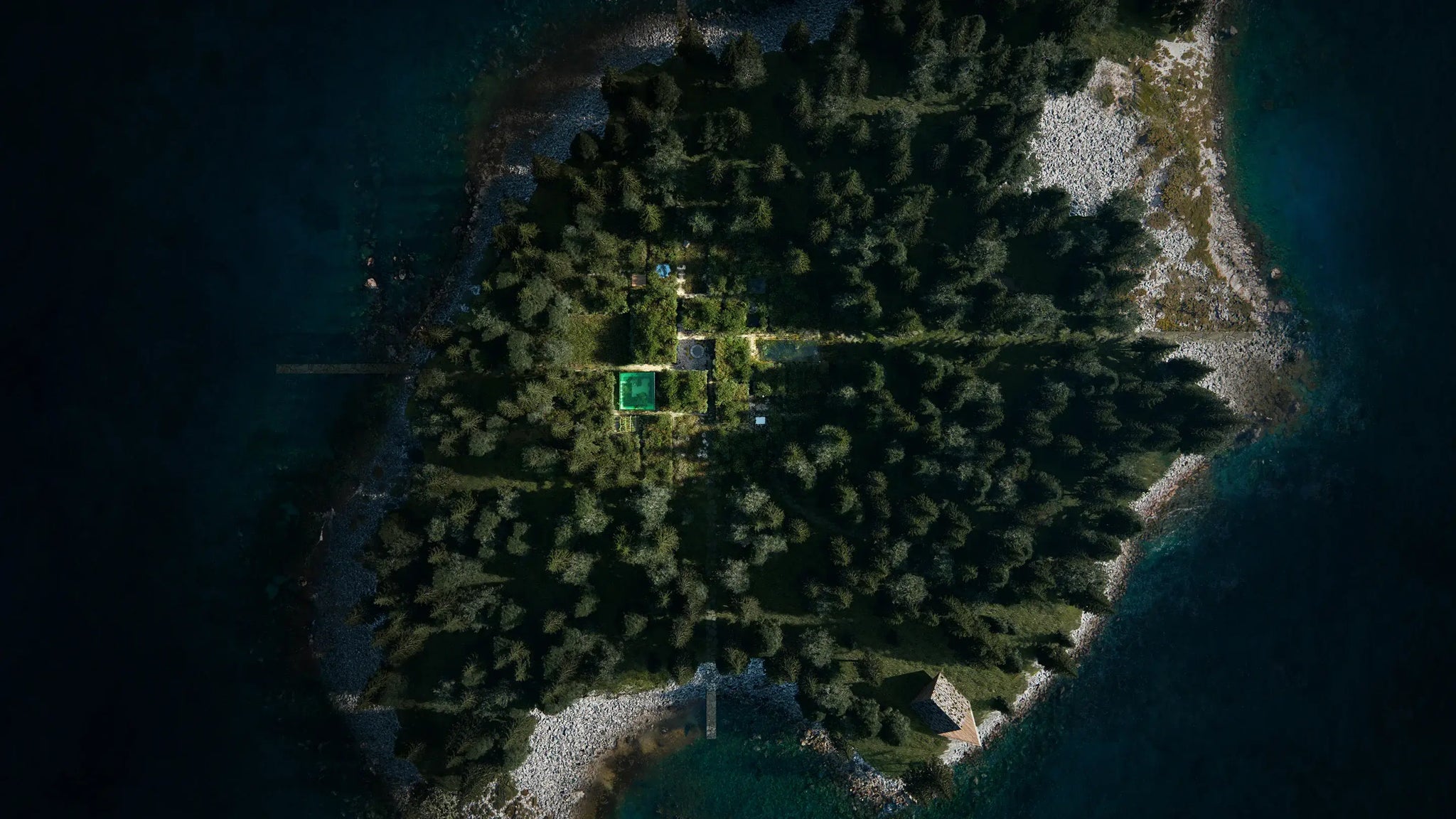

Designed with visionary architect Bjarke Ingels
While we’re building clothes from the future, it’s Bjarke and his team at Bjarke Ingels Group who are redesigning the future of architecture. From buildings on Mars and a lunar habitat for NASA, to Google’s new Silicon Valley headquarters, the first 3D printed hotel, the iconic Lego Museum, the rebuild of NOMA, and Copenhill – the waste-to-energy powerplant they turned into a ski slope. As the pioneer of “hedonistic sustainability” Bjarke shows how visionary design can answer some of the world’s biggest challenges whilst still being playful, simple, and even fun.


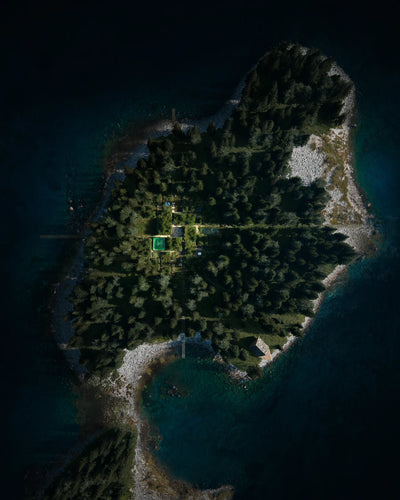
Earth House and Wood House
The design of Vollebak Island is radically simple. At the heart of the island sits the Earth House – a village-like cluster of nine interconnected buildings that rise from the ground, resembling land art as much as architecture. Each is built from a blend of ancient and cutting edge materials, from bedrock and boulders, to seaweed and hempcrete. On the eastern shore of the island is Wood House – a bunker-like annex built from the trees on the island.


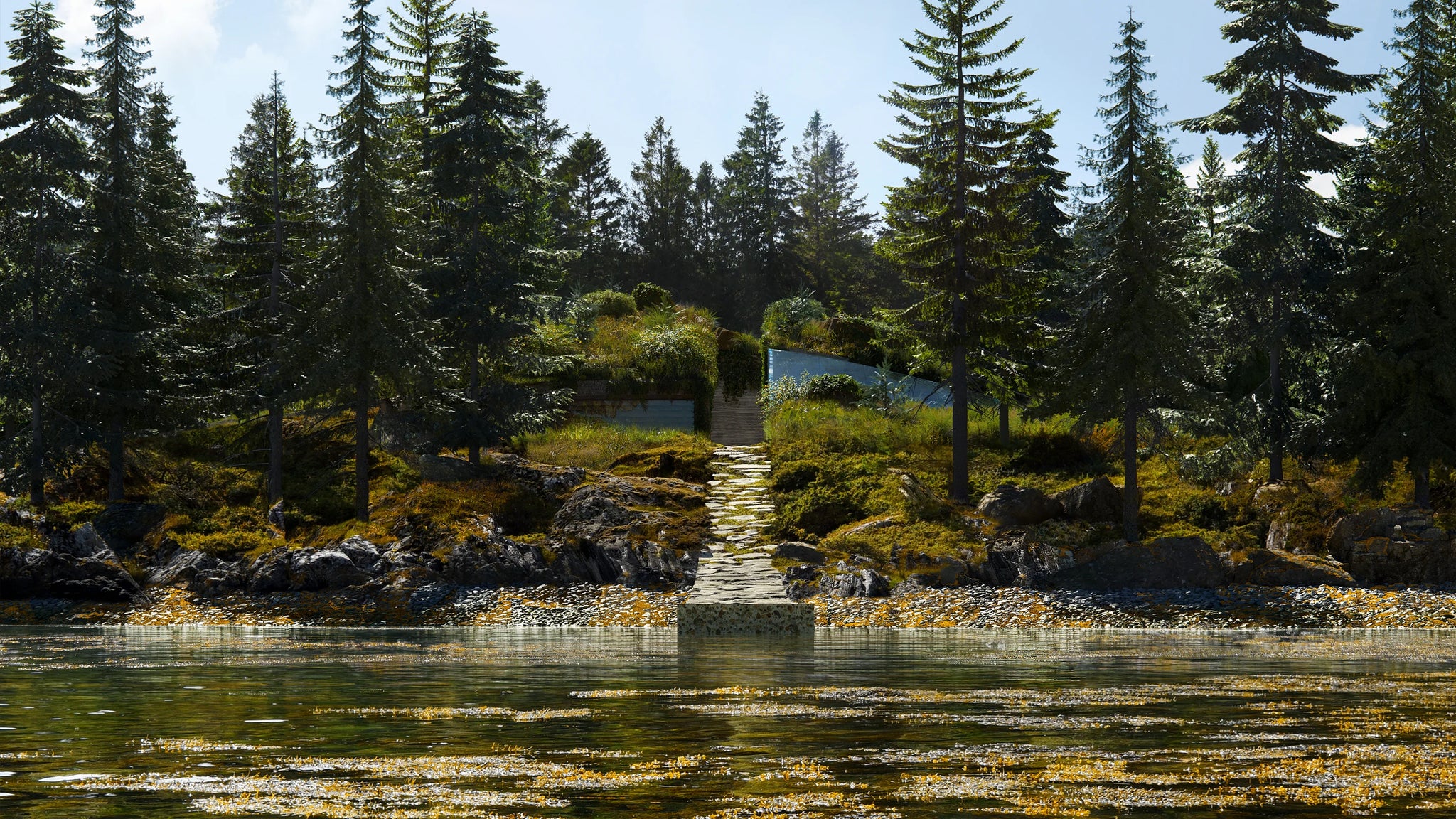
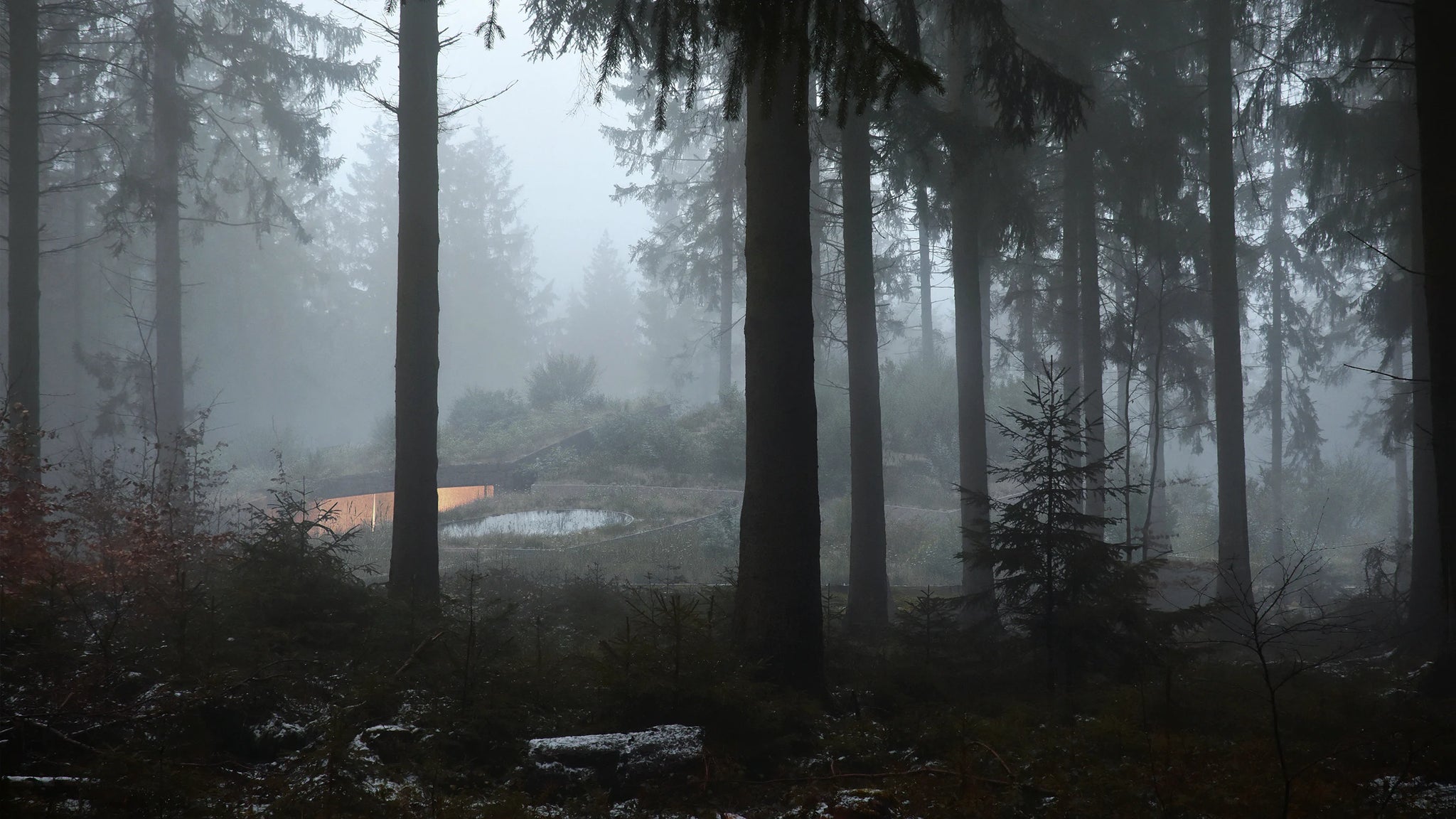
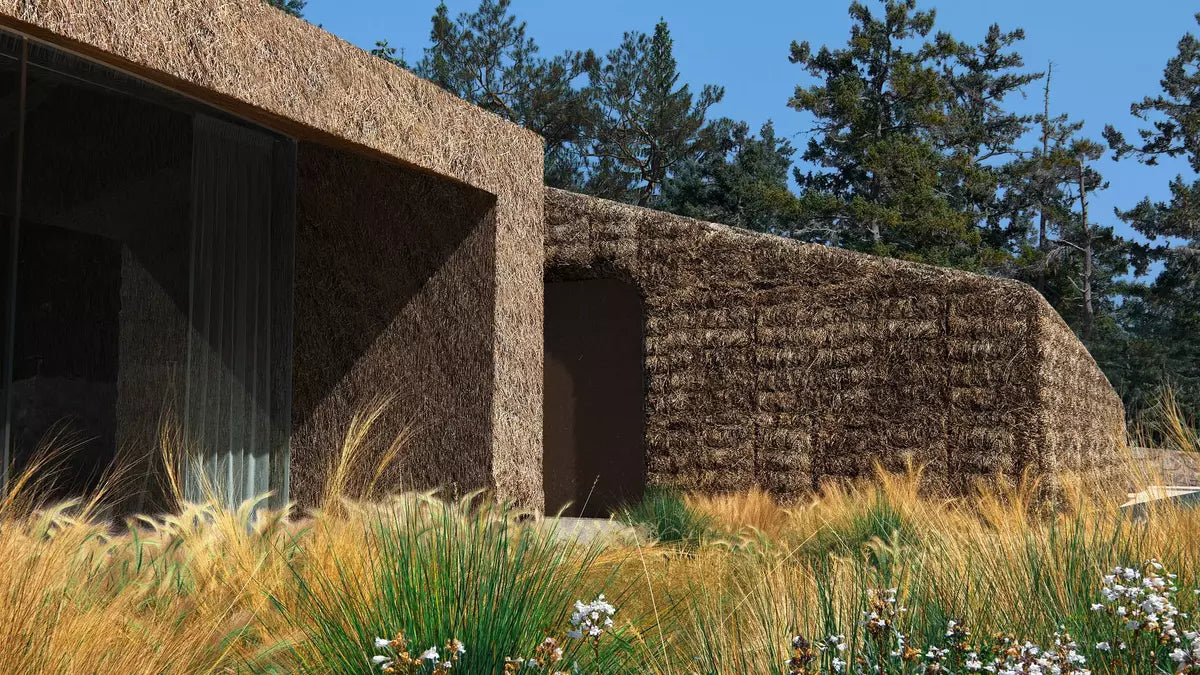
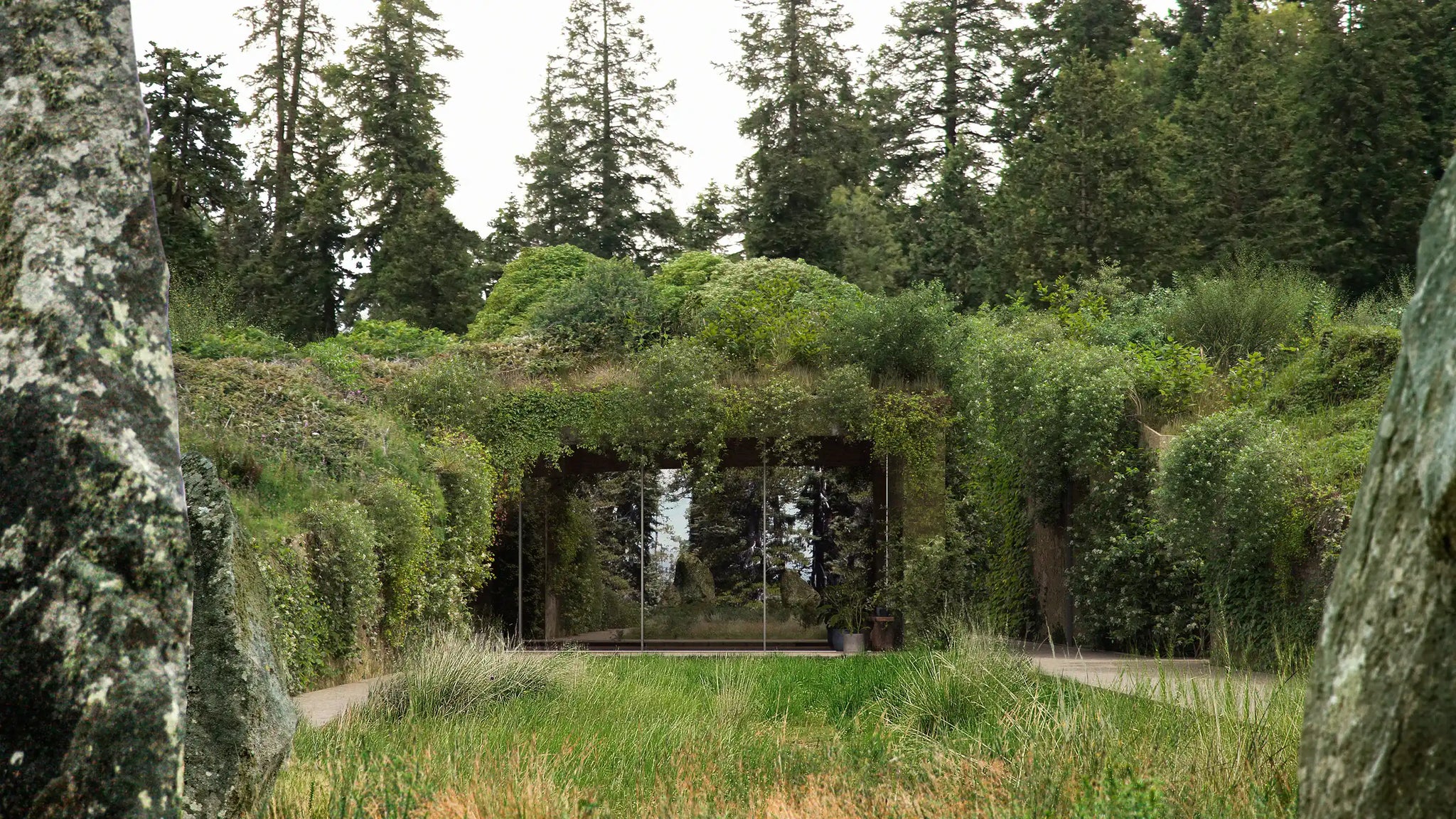
Bjarke's plan for the planet
Completely self-sufficient and carbon neutral, Vollebak Island is the ultimate showcase for Bjarke’s ‘Plan for the Planet.’ Radical, utopian, and visionary, it’s a way of rethinking the way in which the world divides up its resources from first principles. Vollebak Island is the first proof of concept to show how this can eventually be scaled to villages, towns, cities, countries, or even the entire planet. You can read the full story behind it here.
